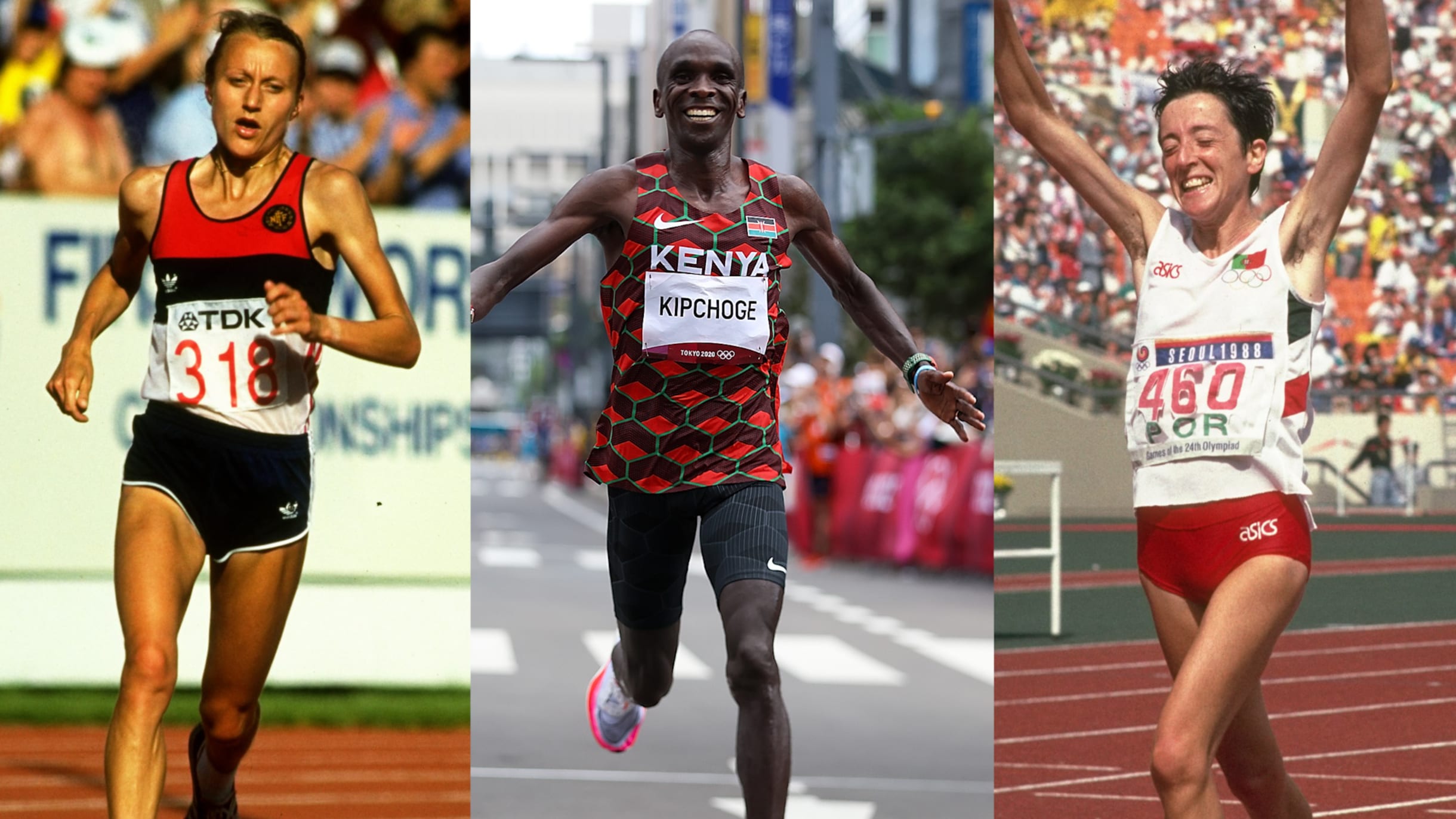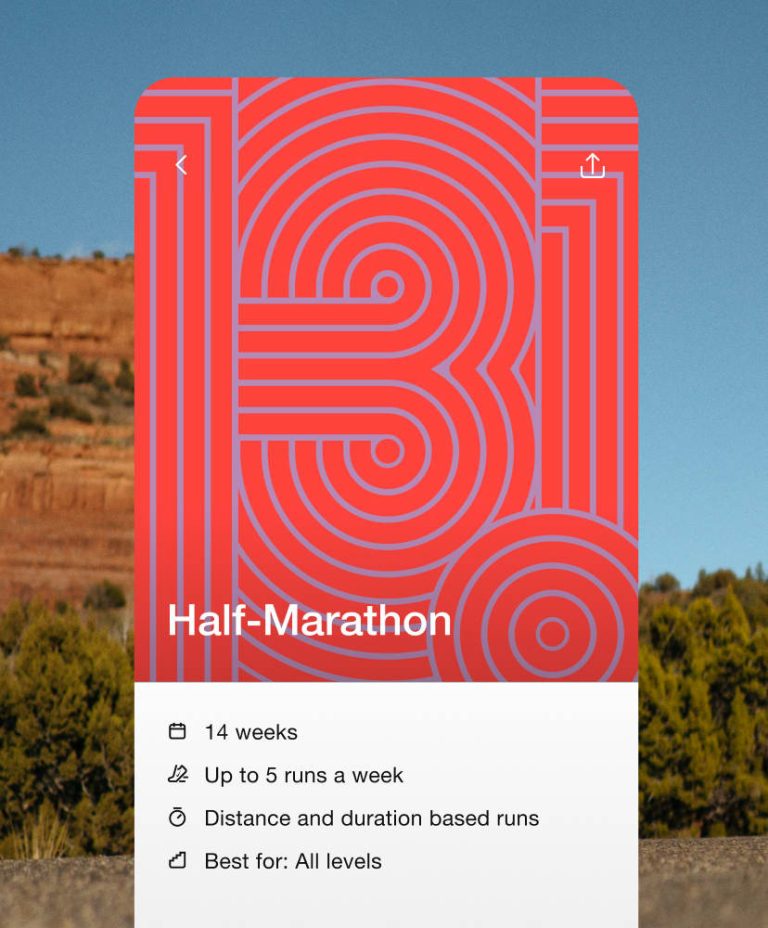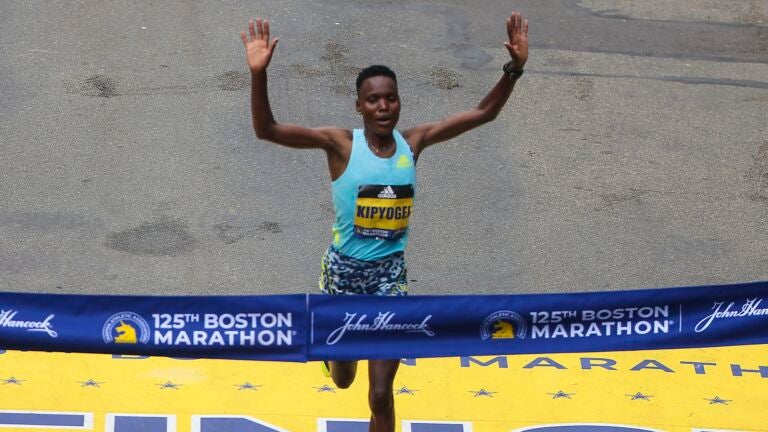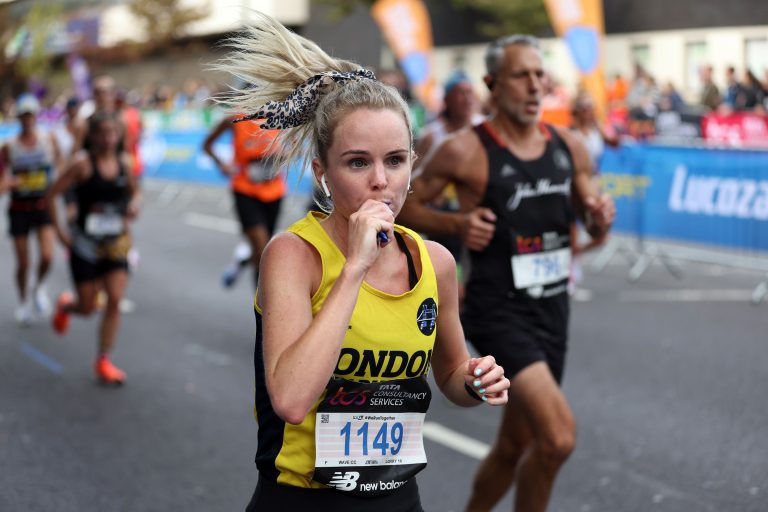Which Marathon Has the Most Runners
The New York City Marathon has the most runners. It is one of the largest and most popular marathons globally, attracting over 50,000 participants annually.
Runners from all over the world come together to challenge themselves and experience the excitement of running through the iconic streets of New York City. The marathon’s grand scale, diverse course, and vibrant atmosphere make it a top choice for both elite athletes and recreational runners.
With a rich history dating back to 1970, the New York City Marathon continues to be a bucket-list event for many runners, offering an unforgettable experience and a chance to be part of something truly special.

Credit: olympics.com
The Most Popular Marathons
Some of the most popular marathons, such as the New York City Marathon, Chicago Marathon, and Boston Marathon, attract the largest number of runners worldwide. These events consistently draw in thousands of participants due to their prestigious reputation and challenging courses, making them the top choices for avid marathon runners.
When it comes to marathons, there are countless events around the world that attract runners of all levels. However, there are a few marathons that stand out from the rest in terms of popularity and the number of participants they attract. In this article, we will explore two of the most famous marathons: the New York City Marathon and the Boston Marathon.
New York City Marathon
The New York City Marathon is one of the most iconic races in the world, drawing in runners from all corners of the globe. Held annually on the first Sunday of November, this marathon takes participants on a scenic journey through all five boroughs of New York City. With its breathtaking views and electric atmosphere, it’s no wonder that the New York City Marathon is a favorite among both professional and amateur runners.
One of the factors that contributes to the popularity of the New York City Marathon is its size. Annually, over 50,000 runners participate in the race, making it one of the largest marathons in the world. The race organizers strive to create an inclusive environment, encouraging runners of all abilities to join in the celebration of athleticism and perseverance.
Moreover, the New York City Marathon offers a truly unique experience, showcasing the diverse neighborhoods and iconic landmarks that make up the city. From the start on Staten Island’s Verrazano-Narrows Bridge to the finish line in Central Park, participants get to immerse themselves in the vibrant culture of New York City while challenging their physical limits.
Boston Marathon
Another marathon that holds a special place in the hearts of runners is the Boston Marathon. Established in 1897, this historic race is the oldest annual marathon in the world and is regarded as one of the most prestigious events in the running community.
What sets the Boston Marathon apart is its rigorous qualifying standards. Runners must meet specific time qualifications in order to secure a spot in the race, which adds an element of exclusivity and prestige. This requirement ensures that only the most dedicated and skilled runners participate, creating a competitive and elite field of athletes.
Each year, around 30,000 runners from all over the world gather in Boston to take part in the race. The course itself is challenging, with its hilly terrain and unpredictable weather conditions, making it an ultimate test of endurance and mental strength.
Moreover, the Boston Marathon holds a deep significance in the running community, as it was one of the first marathons to include female participants. This progressive approach has contributed to the marathon’s reputation as a pioneer in promoting gender equality and inclusivity in sports.
Factors Contributing To Participation
Factors contributing to participation in marathons can vary, but the key determinant for which marathon has the most runners is often the race’s level of international recognition, strong marketing efforts, attractive course routes, and overall reputation within the running community.
So, it is essential for organizers to focus on these aspects to attract a large number of participants.
Historical Significance Charitable Component The number of participants in a marathon is influenced by various factors. Let’s delve into how historical significance and the charitable component can impact participation rates in marathons.Historical Significance
Charitable Component
Attracting International Participants
Impact Of Global Promotion
The marathon’s global promotion has a substantial impact on attracting international runners.
Increased visibility and outreach draw participants from far-reaching corners of the world.
Appeal To Elite Runners
Elite runners are enticed by the prestige and competitive nature of the marathon.
Top athletes are attracted to the challenge and opportunity to showcase their skills.

Credit: olympics.com
Economic And Social Impacts
One of the most popular marathons in terms of participant numbers. This event has significant economic and social impacts on the local community, boosting tourism and promoting a healthy lifestyle. The large number of runners also fosters a strong sense of camaraderie and support among participants.
HTML syntax for H3 headings:Boosting Local Economy
Cultural Exchange
Introductory paragraph: The economic and social impacts of marathons extend far beyond the race itself. These events have the power to boost local economies and foster cultural exchange. With thousands of participants and spectators, marathons leave a lasting impact on the communities in which they take place. Let’s explore how marathons, such as [Name of Marathon], help transform local economies and promote cultural exchange.Boosting Local Economy
Marathons like [Name of Marathon] inject substantial revenue into the local economy. The influx of runners and spectators stimulates various sectors, from tourism and hospitality to retail and transportation. Local businesses thrive during marathon weekends, experiencing a surge in sales and bookings. Hotels and restaurants are packed, creating employment opportunities for the community. In addition to immediate economic benefits, marathons often leave a lasting impact on the local economy. The infrastructure development needed to accommodate large-scale events can catalyze urban rejuvenation. The creation of new routes, improved roads, and expanded public transportation systems not only enhance the marathon experience but also benefit everyday residents. The economic boost generated by marathons can be quantified in terms of direct and indirect spending. Runners and their supporters contribute directly to the local economy by spending on accommodation, dining, and retail. Moreover, the event attracts media attention, showcasing the host city’s attractions and encouraging future visitors. These indirect benefits lead to increased tourism, investment, and job creation in the long run.Cultural Exchange
Marathons are more than just a physical challenge; they serve as a platform for cultural exchange. Runners from all over the world converge at marathons like [Name of Marathon], bringing with them diverse backgrounds and traditions. This multicultural gathering fosters understanding, appreciation, and respect for different cultures. During the marathon weekend, participants and spectators interact and share their own cultural experiences. This creates opportunities for learning and broadening perspectives. Runners forge new friendships and connections, making the marathon not only a test of physical endurance but also a celebration of global unity. In addition, marathons often incorporate elements of local culture into the race experience. From traditional music and dance performances to showcasing local cuisine, these events highlight the unique identity of the host city. The fusion of local and global cultures creates a vibrant and memorable atmosphere, leaving a lasting impression on participants and spectators alike. In summary, marathons have substantial economic and social impacts. They stimulate local economies, boost tourism, and foster cultural exchange. Through their dual role as sporting events and community celebrations, marathons create lasting benefits for both the host city and its residents. The economic and cultural transformations brought about by marathons make them more than just a race; they are a testament to the power of human connection and global engagement.Challenges And Future Trends
Logistical Challenges
Organizing a marathon with a high number of runners presents several logistical challenges. Ensuring the safety and comfort of participants and spectators, managing traffic flow, and providing adequate hydration and medical support are key logistical concerns faced by marathon organizers.
Innovation In Marathon Experience
As marathon running continues to grow in popularity, innovative approaches to the race experience have been developed. Advancements in tracking technologies for runners, interactive route maps, and virtual participation options have transformed the marathon experience, making it more engaging and accessible for a wide range of participants.

Credit: en.wikipedia.org
Frequently Asked Questions For Which Marathon Has The Most Runners
How Many Participants Are In The Houston Marathon?
The Houston marathon typically sees over 25,000 participants each year.
How Many People Run The Nyc Marathon?
Approximately 50,000 individuals run the NYC marathon each year. It is one of the largest and most popular marathons in the world.
How Many Participants Are In The Boston Marathon?
The Boston Marathon typically has around 30,000 participants, making it one of the world’s most prestigious race events.
Conclusion
The number of runners participating in marathons varies across different races. While the Boston Marathon is renowned for its historic prestige, the New York City Marathon stands out as the largest in terms of participants. With its captivating course and vibrant atmosphere, it attracts numerous runners from all around the world.
Whichever marathon emerges as the most popular, the thrill and camaraderie experienced by all participants remains undeniable, making these events truly unforgettable.






